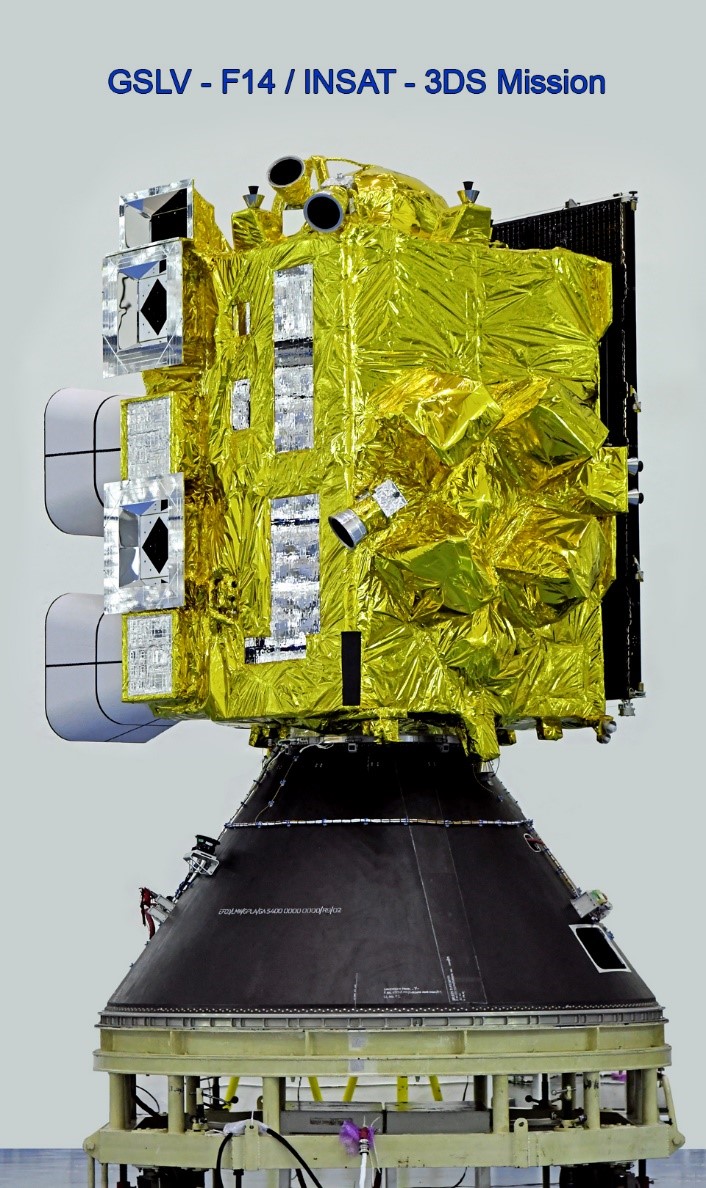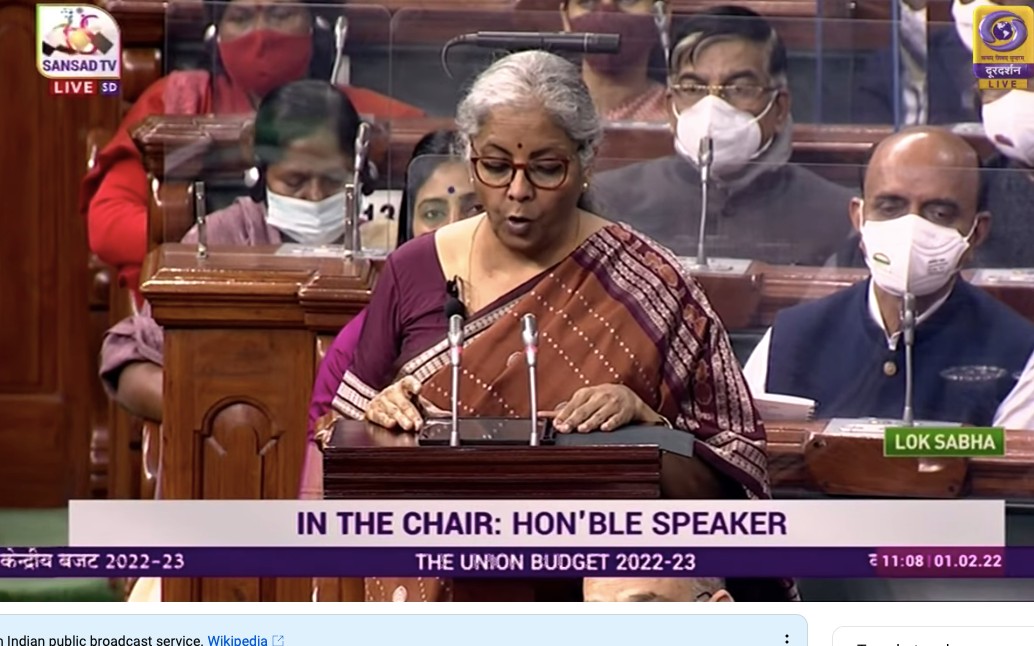Satellite Aims to Revolutionize Weather Forecasting and Disaster Warning Systems
Bengaluru, NFAPost: In a significant stride towards advancing meteorological observations and bolstering weather forecasting capabilities, the Indian Space Research Organisation (ISRO) has announced the upcoming launch of its latest meteorological satellite, INSAT-3DS. Scheduled for liftoff on February 17, this mission holds promise for revolutionizing weather prediction and enhancing disaster warning systems.
INSAT-3DS, slated to embark on its journey aboard a Geosynchronous Satellite Launch Vehicle F14 (GSLV F14), represents a crucial milestone in India’s space exploration endeavours. Funded entirely by the Ministry of Earth Sciences (MoES), this satellite marks the continuation of the third-generation meteorological satellite program, destined for geostationary orbit.
According to ISRO, the launch is set to take place at 5:30 pm from the Satish Dhawan Space Centre (SDSC) SHAR at Sriharikota. The GSLV-F14/INSAT-3DS mission, ISRO asserts, aims to deploy the satellite into Geosynchronous Transfer Orbit (GTO), followed by meticulous orbit-raising manoeuvres to ensure its placement in geostationary orbit.
The INSAT-3DS satellite is engineered to deliver heightened meteorological observations, encompassing land and ocean surfaces critical for weather forecasting and disaster mitigation. Its deployment will complement the existing INSAT-3D and INSAT-3DR satellites, ushering in a new era of meteorological services bolstered by cutting-edge technology.
Key objectives of the mission, as outlined by ISRO, include monitoring the Earth’s surface, conducting oceanic observations, and providing vital meteorological data through a range of specialized payloads. These payloads, such as the six-channel imager, 19-channel sounder, Data Relay Transponder (DRT), and Satellite Aided Search & Rescue transponder (SAS&R), underscore the satellite’s multifaceted utility in addressing diverse meteorological challenges.
Furthermore, INSAT-3DS will facilitate data collection and dissemination capabilities, crucial for enhancing weather forecasts and enabling effective disaster response strategies. Collaborating with various departments of the MoES and affiliated agencies, the satellite is poised to significantly enhance India’s meteorological infrastructure.
Delving into the technical aspects, ISRO sheds light on the GSLV’s architecture—a three-stage vehicle with a liftoff mass of 420 tonnes. Comprising solid and liquid propulsion stages, along with a cryogenic stage, GSLV epitomizes India’s prowess in space exploration and satellite deployment.
In essence, the impending launch of INSAT-3DS underscores India’s steadfast commitment to leveraging space technology for societal benefit. With its potential to revolutionize weather forecasting and disaster management, this mission heralds a new chapter in India’s space odyssey, promising advancements that resonate far beyond the confines of Earth’s atmosphere.





